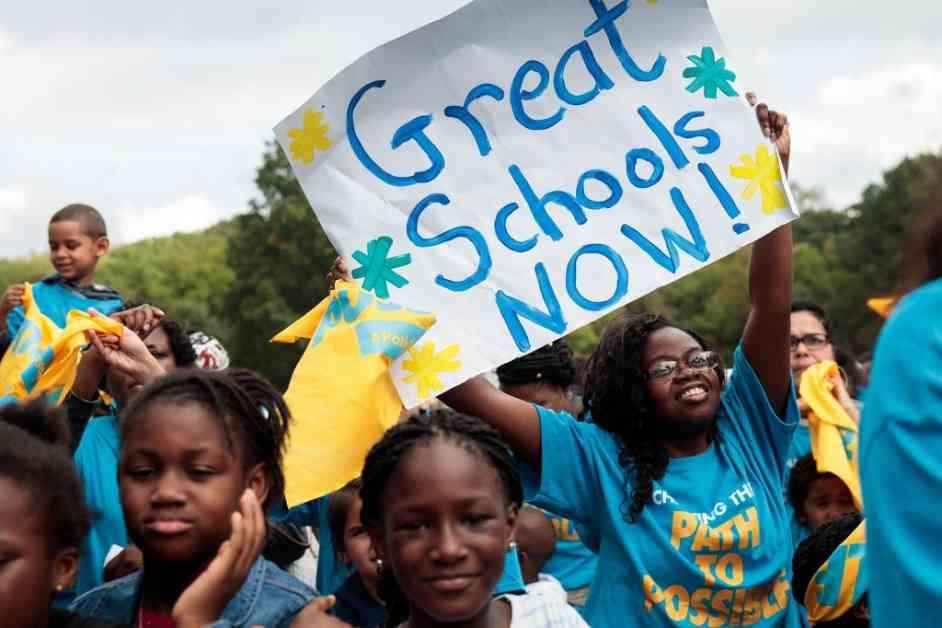Parents, schoolchildren and education activists gathered in Prospect Park to show their support for public charter schools and protest against New York’s racial achievement gap in education. The event brought together a diverse group of individuals who are passionate about the future of education in the state.
During the Supreme Court hearing on the constitutionality of publicly funded religious charter schools, Justice Neil Gorsuch made an interesting observation about the varying implications of the case in different states. The issue at hand revolved around whether Oklahoma public funds should be allocated to St. Isidore, an online charter school proposed by two Catholic dioceses. The justices were tasked with determining whether such funding would violate the First Amendment’s provisions regarding the establishment of religion and religious liberty.
While the specifics of this case are important, it is crucial that a national standard is not imposed on the classification of charter schools as either public or private in terms of their religious affiliations. In New York, charter schools are considered public institutions despite being privately operated, and this distinction has contributed to their success. It is hoped that the Supreme Court will recognize and respect this unique balance.
The debate around public funding for religious schools raises complex questions about the intersection of education and faith. While denying public funds to private religious schools may not infringe on religious freedoms, implementing voucher programs that support attendance at such institutions does not necessarily establish a state religion. The delicate balance between public funding and religious autonomy must be maintained to uphold the principles of the First Amendment.
The outcome of this case could have significant implications for the future of charter schools in New York and beyond. If religious charters are mandated in states that allow charter schools, it could potentially jeopardize the existence of these institutions altogether. New York’s teachers unions, eager to assert their influence, may use this opportunity to push for legislative changes that could undermine the autonomy of charter schools.
As the Supreme Court deliberates on this complex issue, it is essential that they consider the broader implications of their decision. By respecting the diversity of educational policies across states, the court can uphold the principles of federalism and protect the rights of states to govern their own educational systems. It is imperative that the justices approach this case with humility and a commitment to preserving the unique educational landscape of each state.
In conclusion, the debate surrounding public funding for religious charter schools is a nuanced and multifaceted issue that requires careful consideration. The outcome of this case will have far-reaching consequences for the future of education in the United States. It is crucial that the Supreme Court navigates this complex legal terrain with wisdom and prudence to ensure that the rights of all stakeholders are protected.

